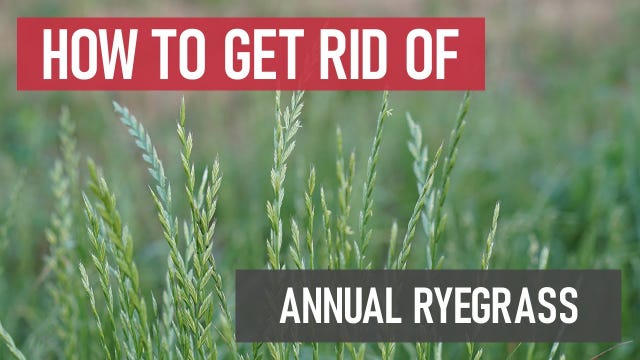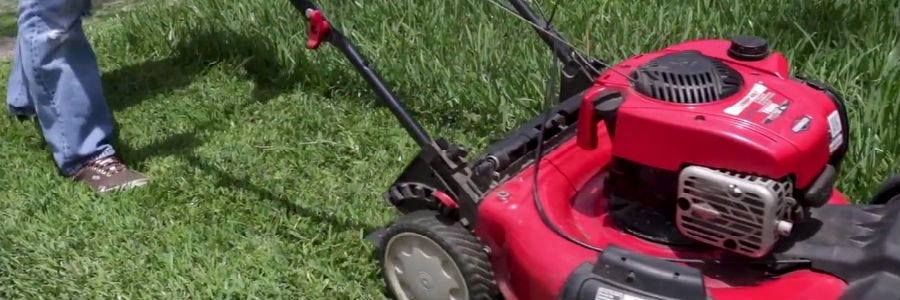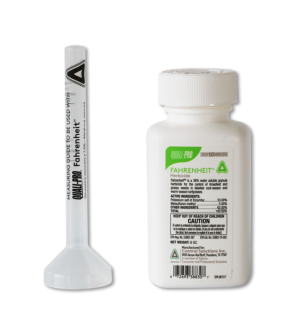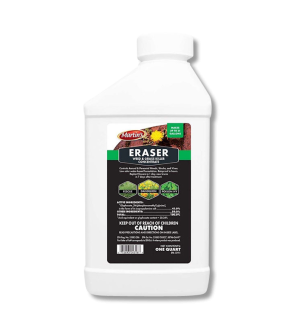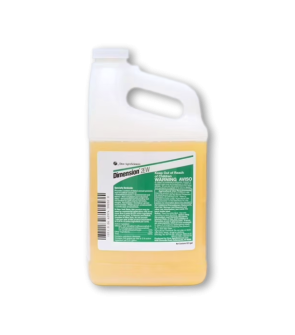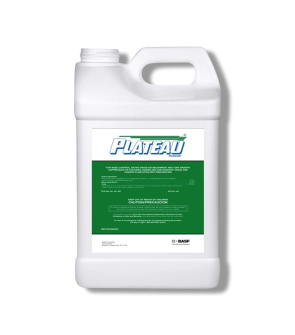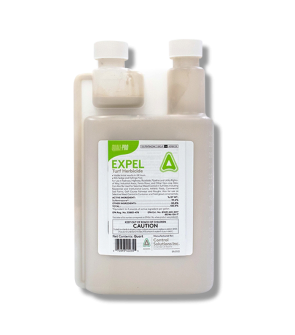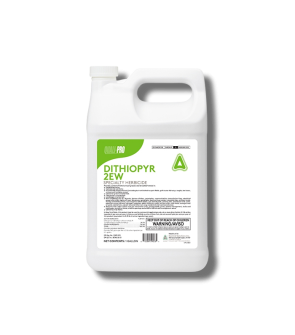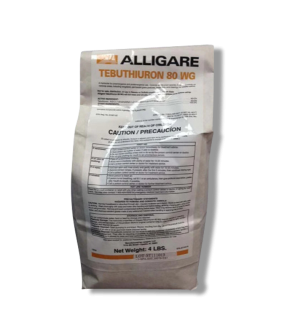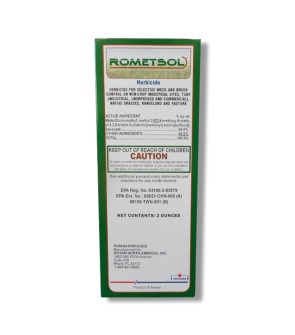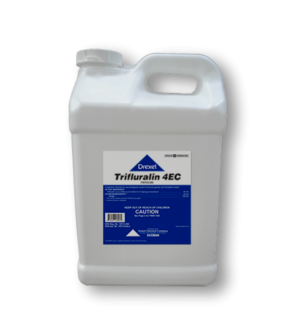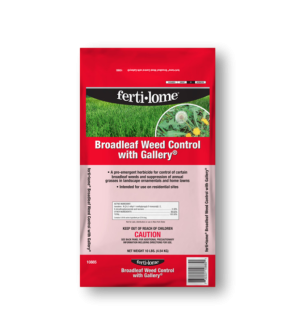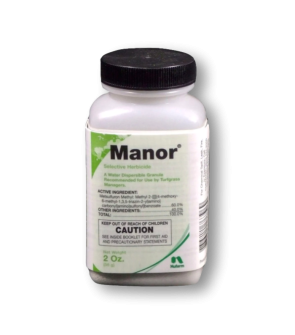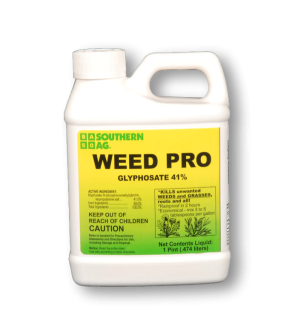Gain access to personalized product screening, the best pricing, rewards, and more!
Most Effective Products
Annual Ryegrass Control: How to Get Rid of Annual Ryegrass
This page is a general DIY guide for controlling annual ryegrass. Using the recommended products and methods, you can control annual ryegrass. Follow this DIY article and use the recommended products, and we guarantee 100% control of annual ryegrass.
Annual ryegrass is a winter annual found throughout the United States. Its fibrous root system can reach heights of up to 3 feet. Annual ryegrass has gained a reputation for being a favored turfgrass and is even used to oversee home lawns during cold winter months.
Farmers and ranchers frequently grow it as a cover crop to provide food for grazing cattle. While it is valued in some cases for its adaptability, quick establishment, and aggressive growth, this can be a cause for concern since these very same traits are also considered to be characteristics of a weed.
Ryegrass grows in bunches rather than individual blades and is characterized by a yellow at the base, which develops into dark green leaf blades. Although ryegrass typically only survives one year, if the grass produces seed before dying, the seed will sprout the following year.
Annual ryegrass is highly adaptable, as it can grow in a variety of soil types except excessively drained or very poorly drained soils. In order to survive, annual ryegrass requires medium to high soil fertility. It is best adapted to areas with long seasons of cool, moist weather. If well-established, it can survive short periods of flooding. Annual ryegrass is unable to tolerate hot, dry weather, and these conditions speed up its maturity.
If annual ryegrass has troubled your lawn, our step-by-step DIY treatment guide will show you how to get rid of it quickly and affordably using our professional-grade herbicides.
Identification
Before approaching treatment, you will need first to be certain that you are dealing with ryegrass and not some other weed. Misidentification of the weed can lead to using the wrong herbicides, which can waste time and money.

- Annual ryegrass is often confused with perennial ryegrass. While the grasses share many of the same characteristics, annual ryegrass lasts for one growing season, while perennials can grow in multiple seasons, like spring and fall. Annual ryegrass has a lighter green coloration and coarser texture than perennial ryegrass. The biggest difference between them is that annual ryegrass has a reddish base.
- This weed grows in clumps. The grass blades grow to 8 inches in height and up to a quarter of an inch in width. The lower-facing surfaces are glossy, and the plant as a whole is hairless.
- When mature, this plant grows stems up to 3 feet in height. The inflorescence (or the flowering structure) covers about one foot of the stem, and each spikelet has 3 to 9 flowers.
Use the description and image above to help you to identify whether your weed is annual ryegrass. When you are unsure or can't pinpoint exactly which weed you are encountering in your yard, turn to the experts to identify the weed for you.
Inspection
After you have confirmed that you are dealing with annual ryegrass, you can proceed with the inspection. During this phase, you will locate areas where annual ryegrass is thriving and observe the conditions that allow it to thrive. This information will help you know where to focus your herbicide application.

Where to Inspect
Annual ryegrass grows well in fairly wet soils with good surface drainage and terrain that range between 5.5 and 6.5 pH. However, it cannot withstand hot, dry weather or severe winters.
Common sites where this weed grows are lawns, grasslands, roadsides, and other disturbed sites.
What to Look For
Annual ryegrass appears as bunched-up grass that is yellowish-green at the base. It has long, glossy green leaves with distinctive spikelets.
Treatment
Wear the proper personal protective equipment before applying any herbicides to your yard.
We recommend using a post-emergent containing glyphosate, dicamba, 2,4-D, or metribuzin to kill annual ryegrass.
Step 1: Mix Herbicide

If you’re in the southern United States with warm-season grasses, we recommend Fahrenheit Herbicide. This herbicide offers the selective control of weeds, including annual ryegrass in warm-season turf.
For spot applications in warm-seasoned turf, use 0.2 oz. of Fahrenheit Herbicide per 1 gallon of water per 1,000 sq. ft. For broader applications, use 3 oz. of product in 20-80 gallons of water per acre.
Remember that when applying over St. Augustinegrass, Bermudagrass, or Zoysiagrass, temporary stunting or chlorosis may occur with Fahrenheit Herbicide.
If annual ryegrass grows in cool-season turf or where plants shouldn't be, like on sidewalks or other paved areas, consider a non-selective herbicide like Eraser 41% Glyphosate. This non-selective herbicide will kill any plant it is applied to.
Use 2 1/2 oz (5 Tbs) of Eraser 41% Glyphosate per 1 gallon of water to treat an area of approximately 300 sq. ft.
For either product being used, you must use a handheld pump sprayer.
If using Eraser 41% Glyphosate, label your sprayer explicitly for non-selective herbicides to prevent cross-contamination in the future.
To mix, fill your sprayer tank with half the amount of water. Then, add the measured amount of herbicide and the remaining half of water. Secure the lid and shake the tank until evenly mixed.
Step 2: Apply Herbicide
Spot-treat any weed you find during your inspection. Use a fan or cone spray pattern to ensure the leaves are fully coated, and spray the weed to the point of wetting but not runoff.
When applied properly, affected weeds will turn yellow and begin to die. Conduct follow-up applications as necessary.
A reapplication with Fahrenheit Herbicide may be made after 4 to 6 weeks.
After applying Eraser 41% Glyphosate, you should see results within 2 to 4 days, but a second application may be made after 4 weeks.
Prevention
Once annual ryegrass has been eliminated from your property, you will need to implement preventative measures to ensure that it does not return.
- Prevent annual ryegrass from returning to your lawn by applying Expel Turf Herbicide. Expel Turf Herbicide is a selective herbicide that will control and prevent weeds like annual ryegrass from emerging in your cool-seasoned and warm-seasoned turf. For cool-seasoned grasses, apply 4 to 8 oz. of Expel Turf Herbicide per 10 gallons of water per acre. For warm-seasoned grasses, use 8 to 12 oz. of product per 10 gallons of water per acre. Spray the soil of areas where previous annual ryegrass emerged. After application, irrigate the treated area with 0.25 inches of water or rainfall for better pre-emergent control. Due to this product’s high-volume applications, high-capacity equipment like a spray rig may be necessary.
- In addition to pre-emergent products, we also recommend you promote the health of your turf to reduce the conducive conditions that allow weeds and disease to take hold. Mow your grass at proper intervals to maintain a thick growing density, reduce the shade cast on your lawn by trimming overgrown shrubbery and tree branches, rake away leaf litter and pick up any debris, and employ a proper watering schedule to provide the local grass with enough water to strengthen its roots, but not so much that will encourage weeds. Many grasses require 1 inch of water every week. Apply the water all at once in the morning so it has time to seep into the ground without evaporating in the sun.
Key Takeaways
What is Annual Ryegrass?
- Annual ryegrass is a winter annual grass that invades lawns by growing in bunches and can be difficult to control because it is resistant to herbicides.
How to Get Rid of Annual Ryegrass
- We recommend applying Fahrenheit Herbicide for warm-seasoned turf applications or Eraser 41% Glyphosate for cool-seasoned turf and other labeled areas where this weed should not grow.
Preventing Annual Ryegrass Reinfestations
- To prevent annual ryegrass from returning, carry out a regular lawn maintenance routine (regular mowing, watering, fertilization) and apply Expel Turf Herbicide to ensure that your lawn is healthy and nutrient-rich.
-
Q:Which product should I use to kill the annual rye grass but not my Kentucky bluegrass?7/29/25
-
Q:Is this safe for pets? How long do pets need to be kept off the lawn when this chemical is applied5/29/24A:Yes, these products are safe for pets when applied according to label directions. Keep all people and pets off the treated areas until completely dry.
Colin Travis
6/7/24






